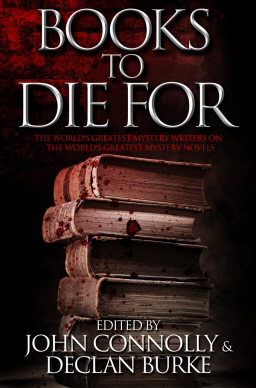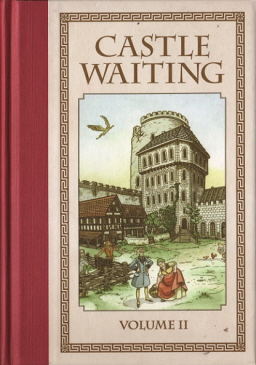A Starred Review from Publisher’s Weekly for The Bones of the Old Ones
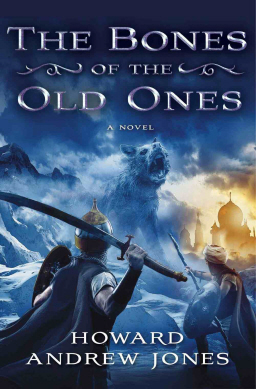 I’ve been anxiously awaiting the arrival of Howard Andrew Jones’s The Bones of the Old Ones, the sequel to my favorite novel from last year, The Desert of Souls.
I’ve been anxiously awaiting the arrival of Howard Andrew Jones’s The Bones of the Old Ones, the sequel to my favorite novel from last year, The Desert of Souls.
Publisher’s Weekly isn’t making that wait any easier. In a starred review just last week, the magazine raved:
This rousing sequel to The Desert of Souls offers a mélange of ancient adventure myths populated by convincing, endearing characters… Asim el Abbas and scholar Dabir ibn Khalil rescue alluring and aristocratic Najya binta Alimah from her kidnappers, the Sebitti, seven sinister wizards from the remote past. In Asim and Dabir’s subsequent quest to find and destroy the ancient and powerful bone-weapons also sought by the Sebitti and free Najya from the weapons’ soul-threatening spell, the friends experience one fearful ordeal after another, while brave Asim falls more and more for Najya’s wit, courage, and charms. As intricately woven as the magic carpet of Greek sorceress Lydia, Jones’s tale incorporates real historical personages and settings like Mosul of “haggard beauty” from the early days of Islam, and fills the pages with gallantry and glamour to provide a thrilling spectacle.
You can read the complete review at Publisher’s Weekly‘s website here.
Like I didn’t want this book enough already. Now I know why publishers want us to wait until the month a title is published before we blab about it on the blog. I want this book right now.
We first reported on The Bones of the Old Ones in August. It will be released in hardcover and eBook by Thomas Dunne Books on December 11. If you’ve got an advance proof you’re willing to part with, we should talk.
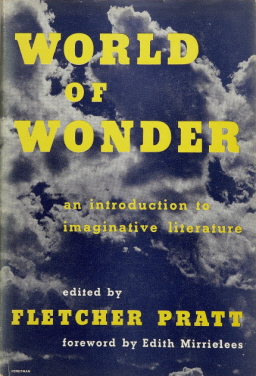
 For the past couple of weeks, I’ve been looking at Joyce Carol Oates’s Gothic Quintet, in advance of the publication of the fifth book in the sequence next March. I started off with 1980’s
For the past couple of weeks, I’ve been looking at Joyce Carol Oates’s Gothic Quintet, in advance of the publication of the fifth book in the sequence next March. I started off with 1980’s 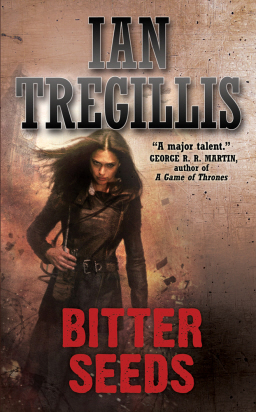
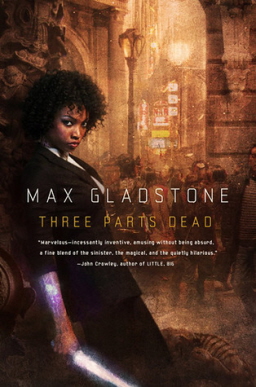
 “Why do we have to read so much?” said the students who thought Intro to Myth would be an easy A. “And all this writing! You turned it into work!”
“Why do we have to read so much?” said the students who thought Intro to Myth would be an easy A. “And all this writing! You turned it into work!”
